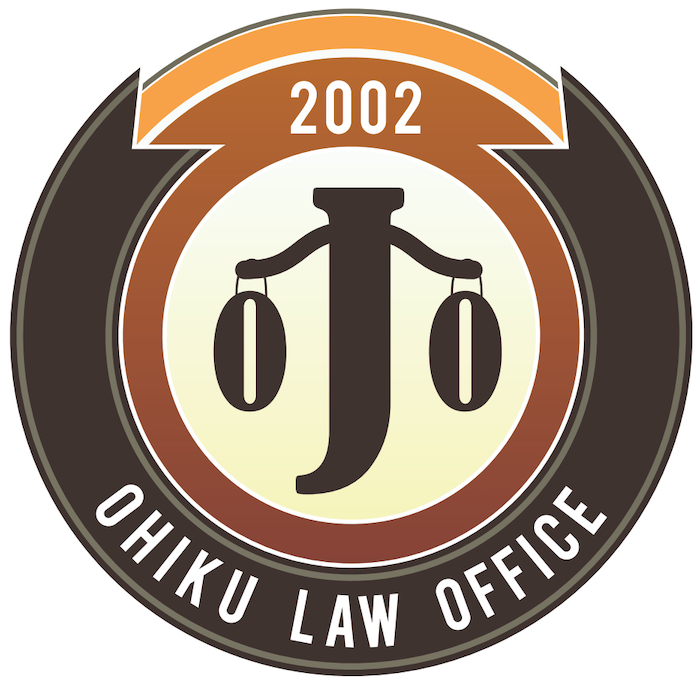Sentencing Reforms Can Help Save Our Communities
As an African-American who is a practicing criminal defense attorney, with a beautiful wife who is in law enforcement and a brother who is incarcerated, I know first-hand the devastation that follows from high incarceration rates. Wisconsin has the highest incarceration rates of African-American men in the nation, with more than half of Milwaukee County’s African-American men in their thirties having served time in prison. It is a moral imperative that all stakeholders collaborate to eliminate racial disparities throughout our criminal court system from start to finish. What Can Be Done?
1) Prevention
A critical component of sentencing reform starts with preventing individuals from traveling the road that leads to court appearances for sentencing in the first place. From my mother, a dedicated teacher with more than 30 years of service, I learned the value and long-term effects of a good, solid education. A good education brings opportunities and greater exposure to resources that individuals will be loath to squander. Moreover, education gives individuals a sense of self-worth and accomplishment.
For example, a program that helped me as a young teen was the Evans Scholars program. The Evans Scholars Foundation provides full academic scholarships to selected colleges and universities (including
Marquette and UW-Madison) for individuals whom have at least a B average in high school through their junior year, outstanding character, and financial need, and who have worked as a golf caddy for at least two
years. When I started, I did not have a clue about being a golf caddy, but Iearned. I earned the Evans Scholarship to Marquette and saved a good deal of my golf caddy earnings along the way. A high quality education empowers individuals to seek out positive experiences.
2) Diversion
Once an individual has been brought under the jurisdiction of the criminal court system, we should continue to focus on prevention through diversion. Where appropriate, prosecutors and defense attorneys should work in tandem throughout the pre-charging phase to determine whether a person (excluding those charged with violent offenses) should be formally charged with a crime. For many, the sheer process of being arrested and spending several days in jail is a sufficient jolt to their systems to correct their behavior. Tenets of this approach are prevalent in the concept of dosage probation—namely, giving an individual the “dose” of probation needed to correct behavior.
When formally charging an individual with a crime cannot be avoided, prosecutors and defense attorneys should work together to determine whether diversionary programs, such as deferred prosecution agreements and first-time offender programs, are appropriate. Under these options, an individual enters into a contract with the prosecutor requiring him or her to fulfill certain conditions. Upon successfully
completing the conditions, the case is either dismissed entirely or the charge is amended from a felony to a misdemeanor.
Furthermore, individuals with drug treatment or mental health needs should be screened and diverted to specialty courts such as drug treatment and mental health courts. Both of these specialty courts divert non-violent individuals from jail to treatment. Upon successful completion of the specialty court program, the case is either dismissed entirely or the charge amended from a felony to a misdemeanor.
3) Restoration
If an individual is ineligible for prevention or diversion, our focus should shift to restoration. We must institute mechanisms for restoring the individual’s ability to overcome collateral consequences of a criminal conviction, such as expunging the court record. For certain offenses committed by individuals 25 or younger, a court may order at the time of sentencing that the individual’s record be expunged upon successful completion of the sentence. Our legislature should look into widening the net of those eligible for expungement. Additionally, our legislature should give deep thought to determining whether our
current expungement statute should apply retroactively to include individuals sentenced before July 1, 2009. Prior to that date, a court could only expunge the court record if it was for a misdemeanor offense and the individual was under 21.
These are but a few of my thoughts. Sometimes I ponder whether stakeholders should be required to spend a night in prison to get a “real feel” for what it is to serve a sentence—not to punish stakeholders but rather to provide keen insight into decisions in which they play an essential role.
In an election year with political pundits pushing propaganda plus promises, let us avoid the hype and hone in on what has proven to work. I am in our criminal courts system day in and day out. Prevention, diversion, and restoration work—each producing tangible, direct results. Last September, I hosted the Second Chance Expungement Clinic at the Milwaukee Bar Association. I am happy to report that we helped a number of people with either expunging court records or removing arrest records. Today, some of them are gainfully employed and serve as living proof that this process works.
